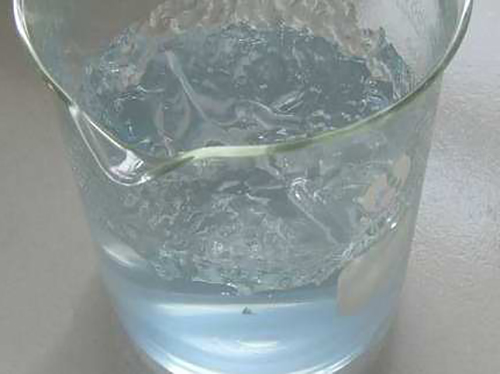coagulants and flocculants
Coagulants and Flocculants Understanding Their Role in Water Treatment
Water treatment processes are essential for ensuring that our drinking water is safe and suitable for consumption. Among the various techniques employed in this field, the use of coagulants and flocculants plays a crucial role in the removal of impurities and clarification of water. Both coagulants and flocculants are chemical agents that work synergistically to achieve effective water purification, and understanding their functionality is vital for optimized water treatment.
Coagulants The First Step in Water Treatment
Coagulation is the initial step in the water treatment process, aimed at destabilizing suspended particles in water. This is essential because most impurities present in water, such as silt, clay, and organic matter, exist in a colloidal state, which means they are small and negatively charged. These charges repel one another, preventing the particles from clumping together.
Coagulants are chemical substances, typically metal salts like aluminum sulfate (alum) or ferric chloride, added to water to neutralize these charges. When coagulants are introduced into water, they cause the fine particles to collide and bond, forming larger particles or 'flocs.' This process facilitates the subsequent removal of these impurities from the water.
Flocculants Enhancing Particle Aggregation
While coagulation is vital for initial particle destabilization, flocculation is the next step that enhances the aggregation of these newly formed flocs into larger, more easily removable clumps. Flocculants are typically high molecular weight polymers that further promote the binding of particles together. They function by bridging the gaps between the already formed flocs, allowing them to grow in size.
The application of flocculants is especially beneficial in processes where a high volume of suspended solids is present, as well as in situations involving low turbulence. By promoting the formation of large flocs, flocculants ensure that sedimentation or filtration processes become more effective and efficient.
coagulants and flocculants

Importance and Applications
The combination of coagulants and flocculants is vital across various applications, including drinking water purification, wastewater treatment, and industrial processes. In drinking water treatment plants, these chemicals help reduce turbidity, remove pathogens, and eliminate taste and odor-causing substances. Similarly, in wastewater management, they aid in the removal of suspended solids and organic matter before the effluent is released back into the environment.
Additionally, the use of these agents is not limited to municipal facilities. Industries such as paper manufacturing, food processing, and mining also rely on coagulants and flocculants to manage water quality and ensure compliance with environmental regulations.
Choosing the Right Agents
The selection of appropriate coagulants and flocculants depends on several factors, including the types of impurities present, the water characteristics, and the desired water quality. It is essential to conduct thorough testing to determine the most effective dosage and type of agent to achieve optimal results.
Moreover, the environmental impact of these chemicals must be taken into account. Sustainable practices are emerging in the water treatment sector, focusing on minimizing chemical usage and exploring natural coagulants from plant sources that can be equally effective and less harmful to the ecosystem.
Conclusion
In summary, coagulants and flocculants are indispensable tools in the water treatment process, ensuring the removal of impurities and contributing to the production of clean, safe water. Their synergistic functionality underpins effective water purification strategies, making them invaluable in both municipal and industrial settings. Increasing awareness of sustainable practices will further enhance the efficacy and environmental compatibility of these chemical agents in the quest for clean water.
-
Understanding Polycarboxylic Acids: Properties, Applications, and Future PotentialNewsJul.28,2025
-
Scale Inhibitor Explained: How to Protect Your System from Limescale and Hard Water DamageNewsJul.28,2025
-
Scale and Corrosion Inhibitors: Essential Chemicals for Industrial Water System ProtectionNewsJul.28,2025
-
Polyaspartic Acid: A Biodegradable Polymer for Sustainable ChemistryNewsJul.28,2025
-
Isothiazolinones: A Versatile Antimicrobial Class with Industrial Power and Regulatory ChallengesNewsJul.28,2025
-
A Deep Dive into 2-Phosphonobutane-1,2,4-Tricarboxylic Acid (PBTC)NewsJul.28,2025





